Plans are underway to break ground in the next several months on an educator-housing project in Palo Alto that was proposed more than five years ago. The project involves over half a dozen local school districts, including Mountain View Whisman and Los Altos, and coordination among Santa Clara County, two nonprofit developers, the city of Palo Alto and Meta.
Once built, the aim is to provide affordable housing for teachers and other school staff, allowing them to live near their jobs. As the project takes shape, numerous questions have arisen about the development's funding, management, school district involvement and rental requirements.
Below are answers to some of those questions, based on public documents and interviews, including with Santa Clara County Supervisor Joe Simitian, a representative from the developers, school board members and a Meta official.
What's the basic concept for the project?
Santa Clara County is partnering with nonprofit developers to construct 110 apartments at 231 Grant Ave. in Palo Alto, which would then be rented at below-market rates to teachers and other staff members in participating school districts. The county donated the land for the project, which sits across from the Palo Alto Courthouse.
What's the history of this project?
Santa Clara County Supervisor Joe Simitian first formally proposed the idea in January 2018. He said that the high cost of living in the region was making it difficult for educators to reside in the communities where they work. The idea was to provide units at an affordable price to local school staff who make less than the area's average income but typically more than is required to qualify for traditional affordable-housing projects.
Why do proponents say this project is needed?
Supporters say that students benefit when their teachers live in the community and don't have to endure long commutes. They also believe that districts may be better able to attract and retain employees if subsidized housing is available.
The idea of educator housing has gained traction in recent years, with the Mountain View Whisman School District breaking ground on its own subsidized teacher housing project last year.
Has anyone raised concerns about the project?
Some have questioned how acute the staffing challenges that districts face actually are, and whether there are better ways for districts to spend the money that they are contributing.
There also have been questions about why school staff are getting subsidized housing versus other public or private-sector employees. As is typical for dense new housing developments, some residents have opposed the size of the proposed building.
What's the project timeline?
The intent is to break ground on the project in the next few months, with school staff able to move into their units in late 2024 or early 2025, Simitian said.
Which districts are participating?
The Los Altos School District, Mountain View Whisman School District, Palo Alto Unified School District and Foothill-De Anza Community College District's boards have all signed off on participating in the project. The Mountain View Los Altos Union High School District's board is expected to review a funding agreement for the project in the coming weeks.
Employees of south San Mateo County schools will have an opportunity to participate as a result of a $25 million contribution from Meta, formerly called Facebook, which is headquartered in Menlo Park. The Ravenswood City School District, Menlo Park City School District, Las Lomitas Elementary School District and certain schools in the Sequoia Union High School District are specifically named in an agreement between Meta and Santa Clara County.
How many units is each district getting?
Los Altos, Mountain View Whisman and Foothill-De Anza have agreed to each have a dozen units set aside for their staff. Palo Alto Unified approved 29 units for its staff. The Mountain View Los Altos Union High School District is expected to be offered a dozen units. The south San Mateo County districts will have access to 32 units total. One unit will be saved for a property manager.
Why is Palo Alto getting more?
That's a question that Palo Alto Unified board member Todd Collins raised, saying he found it "suboptimal and basically unfair" that his district was getting more units, despite having what he described as less of a problem recruiting and retaining teachers. Collins was the sole vote against approving his district's participation in the project.
When a preliminary analysis of how many apartments the site could fit was initially conducted, the county was given a range of 60 to 120, Simitian said. To avoid overpromising, he said they assumed 12 units for each of the five Santa Clara County districts. Meta then contributed $25 million and wanted units for south San Mateo County educators. The project plan ultimately settled at 110 units.
According to Simitian, there were three major reasons why Palo Alto got more units. First, because they expressed interest in a greater number of units from the outset. Second, because the development is located in Palo Alto. Since a goal of the project is to embed teachers in the community where they work, Simitian said it was ideal for Palo Alto Unified employees to live there. Third, the city of Palo Alto contributed funding to the development.
You mentioned the city of Palo Alto and Meta have contributed money. How does the project's funding work?
The project relies on funding from various sources. Santa Clara County donated the land and set aside $6 million from the Stanford Affordable Housing Fund, which comes from fees Stanford University pays to the county that are reserved for affordable housing within a 6-mile radius of the campus. The city of Palo Alto agreed to kick in $3 million, using the proceeds from fees that real estate developers pay the city, which are set aside for affordable housing. Meta put in $25 million. The Santa Clara County school districts are being asked to pay $50,000 for each unit that their employees would get priority access to.
The rest of the financing is up to the developers — Mercy Housing and Abode Communities — to handle. The project isn't part of any state or federal low-income housing programs, Simitian said.
According to Kelly Hollywood, associate director of real estate at Mercy Housing, the remainder of money is a mix of conventional loans and funds from private lenders. The eventual rent proceeds will be used to pay off these loans, Hollywood said.
Why do districts need to contribute $50,000 per unit? How was that number picked and what does it get them?
The idea was to have school districts put in money so that they have "skin in the game," Simitian said. He was open about the fact that $50,000 is a somewhat arbitrary number, but said it was meant to be manageable for districts, while also providing them a stake in the property.
The money doesn't give the districts ownership of the apartments, but rather means that their employees will have priority access to the units. Mercy and Abode will jointly own the building, according to Maegan Pearson, associate vice president of development at Abode.
Where are the districts getting the money to pay their share?
It depends on the district. Foothill-De Anza and Palo Alto Unified both plan to use money from their respective general funds, which is the main pool of money that districts use to pay most of their expenses. Mountain View Whisman is using money from a bond that voters approved in 2020. The Los Altos School District is using lease revenue from a site it owns in Mountain View where the district intends to build a school, but which is currently occupied by multiple businesses.
When Palo Alto Unified's board voted to approve spending $1.45 million for 29 units, district staff recommended using the general fund for now, noting that there were open questions around using bond money. Superintendent Don Austin told this news organization that because the districts don't own the units, it is unclear if construction bond funds can be used to pay for it, even though its bond measure listed employee housing as a potential use of the money.
"We have essentially purchased access to a set number of units," Austin wrote in an email. "There is still room for debate if this meets the standard to utilize bond funds."
If the district's lawyers determine that bond funds would be appropriate to use, the board could revisit the funding source in the future, Austin said. He noted that districts are relying on their own legal teams to work through the details of the agreement, which means that there can be different interpretations of the law.
Mountain View Whisman, on the other hand, has decided to use its bond funds. A major difference is that the district has already used bond money to pay for its own teacher and staff housing project, which is currently being built in Mountain View. In that case, the school district also doesn't own the land, but rather will have a 55-year ground lease with the developer. Superintendent Ayinde Rudolph told this news organization that his district's lawyers have said that it can use bond proceeds for both staff housing projects. The important part is that the district retains access to the units for the 25-year life of the bond, Rudolph said, a requirement that the district's lawyers believe the projects meet.
Will the school districts now be acting as a landlord for their employees? Who's actually going to be managing the units?
The plan is not for school districts to handle the day-to-day operations of the apartment complex, a role that Simitian said it was clear districts did not want to take on. Mercy Housing Management Group will instead be acting as the property manager on the site, Hollywood said.
Who will have access to the units? What's required to qualify?
There will be several requirements to rent the units. First, at least one member of the household has to be employed by a participating school district. Second, the total household income can't exceed 140% of the area median income (AMI), Hollywood said. Households also must earn a minimum of 60% of the AMI, Pearson said. Santa Clara County's 2022 AMI is $168,500 for a family of four. Those numbers are updated annually.
To determine eligibility, the income of all eligible household members — including partners, spouse and roommates — will be included, not just the pay of the school employee, Hollywood said.
The plan is for 39 units to be set aside for households earning less than 80% of the area median income, currently $134,800 for a family of four, according to a draft of a regulatory agreement between the county and the developers.
How much money do educators make?
That depends on the school district. In Palo Alto, teachers earn roughly between $76,000 and $154,000, depending on education and years of experience. Mountain View Whisman pays teachers roughly between $75,000 and $134,000. In the Mountain View Los Altos Union High School District, it's from $97,000 to $183,000. Los Altos offers teachers between $64,000 and $118,000. Ravenswood pays teachers between $63,000 and $141,000. In some districts, additional pay is available for certain degrees or certifications.
It's also not just teachers who will qualify for the apartments. Various other school employees earn substantially less than teachers. A bus driver in the Mountain View Whisman School District earns between $53,000 and $72,000. A librarian technician earns from $46,000 to $62,000.
How much are the units going to cost to rent?
Rents will be set based on a household's income and the size of their unit, and will be updated annually, Pearson said. The developers plan to use rental rates set by the state and federal government for affordable-housing projects, which are specific to each county and are updated yearly.
The idea is that rent shouldn't exceed 30% of a household's income, Simitian said. He estimated that rents might be $800 to $2,500 below the going market rate, but stressed that it's still somewhat of a moving target, because the future rental market isn't certain.
How will residents be picked?
A lottery process will be used if more people apply than there are units available, Hollywood said. How the lottery will be run is still being developed in accordance with fair housing laws, Pearson said.
How big are the units? How was that decided?
There will be 24 studios, 61 one-bedroom apartments and 25 two-bedroom apartments, Pearson said. The distribution of unit sizes was decided based in part on the results of a survey, Hollywood said. A spokesperson for Mercy declined to release the survey results.
Palo Alto Unified conducted a survey of its staff in fall 2022 and received 292 responses. The results showed that 7% of respondents wanted a studio, 34% a one bedroom and 60% a two bedroom.
How much parking will be on the site?
There will be 113 vehicle parking spaces on site, Hollywood said. Bicycle parking also will be available.
How long can residents stay in their apartment? When do they have to move out?
According to Hollywood, individual districts will have the ability to set term limits on how long an employee can stay in an apartment. Whether districts will set those limits and how they would work is still to be determined, Hollywood said.
If a tenant stops working at a participating school district, they would have to move out, but how long they would have to do so isn't yet finalized, Hollywood said. The same applies if a household's income increases and exceeds the limit.
What if a district can't fill their units? Do they lose them?
Again, the specifics aren't yet locked in, but Hollywood said that a district would not permanently lose access to the unit. The plan is to look for a qualifying employee in another district. When the next vacant unit in that district becomes available, it will be offered back to the first district, Pearson said.
You mentioned that Meta contributed $25 million to gain access for south San Mateo County districts. How does that work?
Meta has reserved 32 units for staff in certain San Mateo County schools. The priority order for the units is split into two time periods: until the end of 2029 and from 2030 onward, according to a grant agreement between Meta and Santa Clara County.
Through 2029, 22 units will be reserved for Ravenswood City School District employees or staff at nonprofit schools, including preschools, within the geographic boundaries of the Ravenswood district. If not enough applicants come forward, the second priority will be for staff in the Menlo Park City School District, Las Lomitas Elementary School District or at Menlo-Atherton High School.
The remaining 10 units will have a roughly inverse allocation. Staff in the Menlo Park City School District and Las Lomitas Elementary School District, as well as at Menlo-Atherton High School, Tide Academy, East Palo Alto Academy and the Sequoia District Adult School will get first priority. Second priority will be for Ravenswood employees or staff at nonprofit schools within their boundaries.
Meta currently pays part of the rent for 22 school employees living in an apartment complex at 777 Hamilton Ave. in Menlo Park. Once the Grant Avenue project opens, the plan is for these households to get priority to shift to the new building, said Anu Natarajan, Meta's housing initiative lead.
Starting in 2030, all 32 units will have the same priority system. Ravenwood staff, as well as staff at nonprofit schools in their area, will have first priority. Second priority will be for staff in the Menlo Park City School District and Las Lomitas School District, as well as employees at Menlo-Atherton High School, Tide Academy, East Palo Alto Academy and the Sequoia District Adult School.
If at any time there aren't enough applicants to fill the units, the units would be offered to those working in public safety professions, which would include police officers, firefighters and nurses, according to a draft of a regulatory agreement between the county and the developers. If there still aren't enough applicants, the units would be offered to employees of "public-interest nonprofit organizations," the agreement draft states.
Because of Meta's contribution, the San Mateo County districts won't have to contribute financially to gain access to their units.
Because the project is still in progress, some details haven't yet been determined and others could change over time. Have any questions that aren't answered here? Reach out to reporter Zoe Morgan at zmorgan@embarcaderopublishing.com.
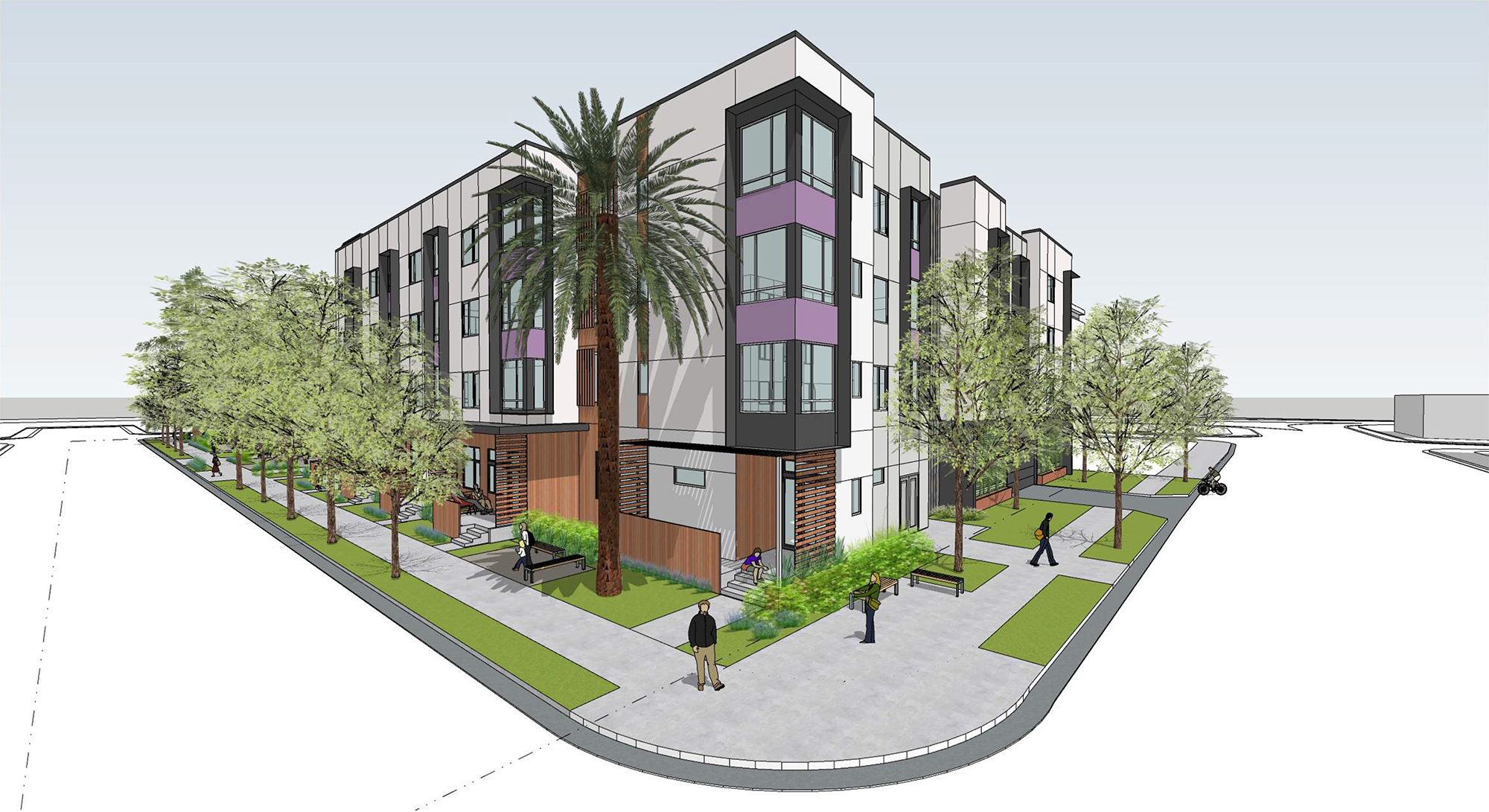

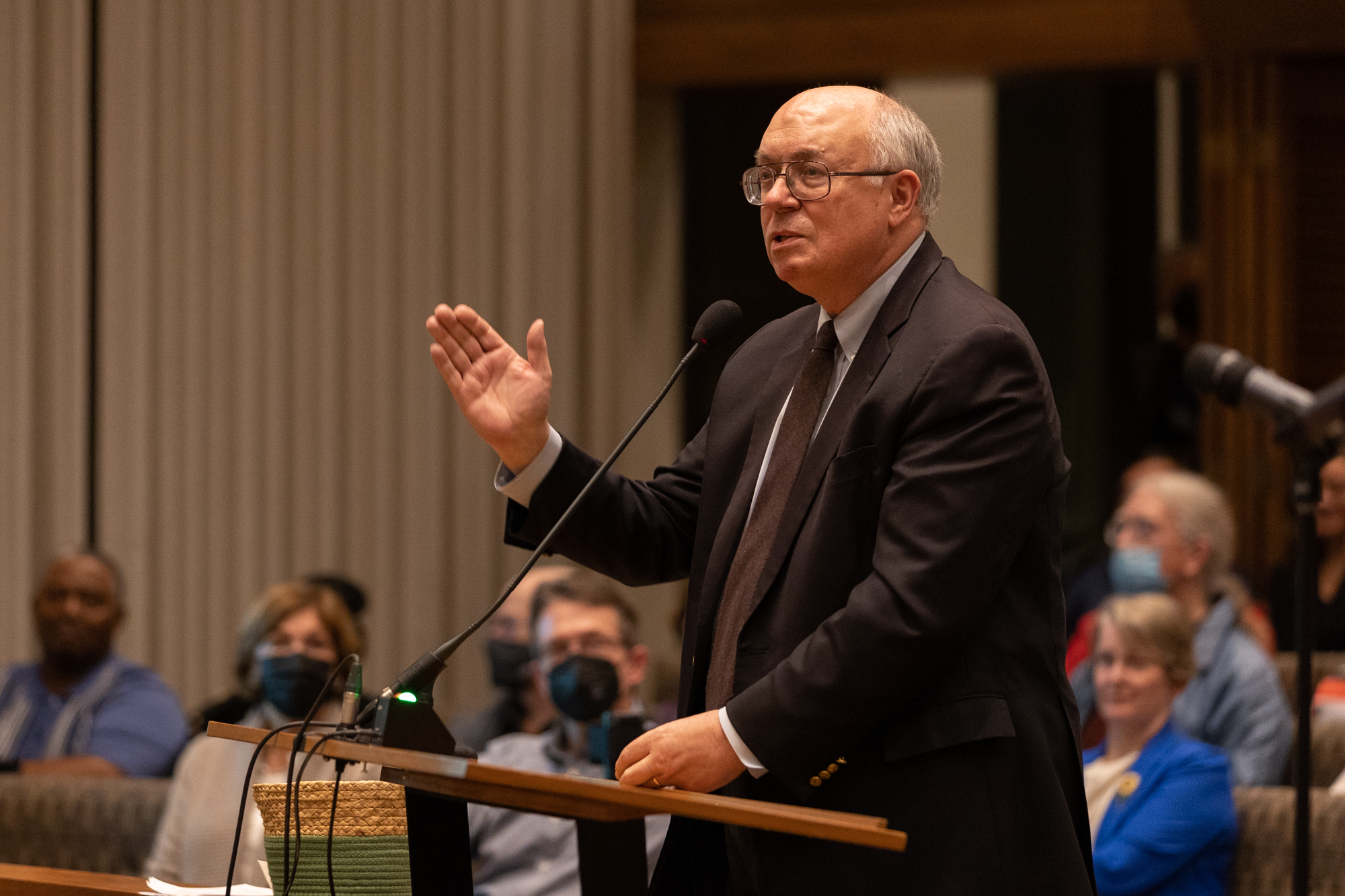
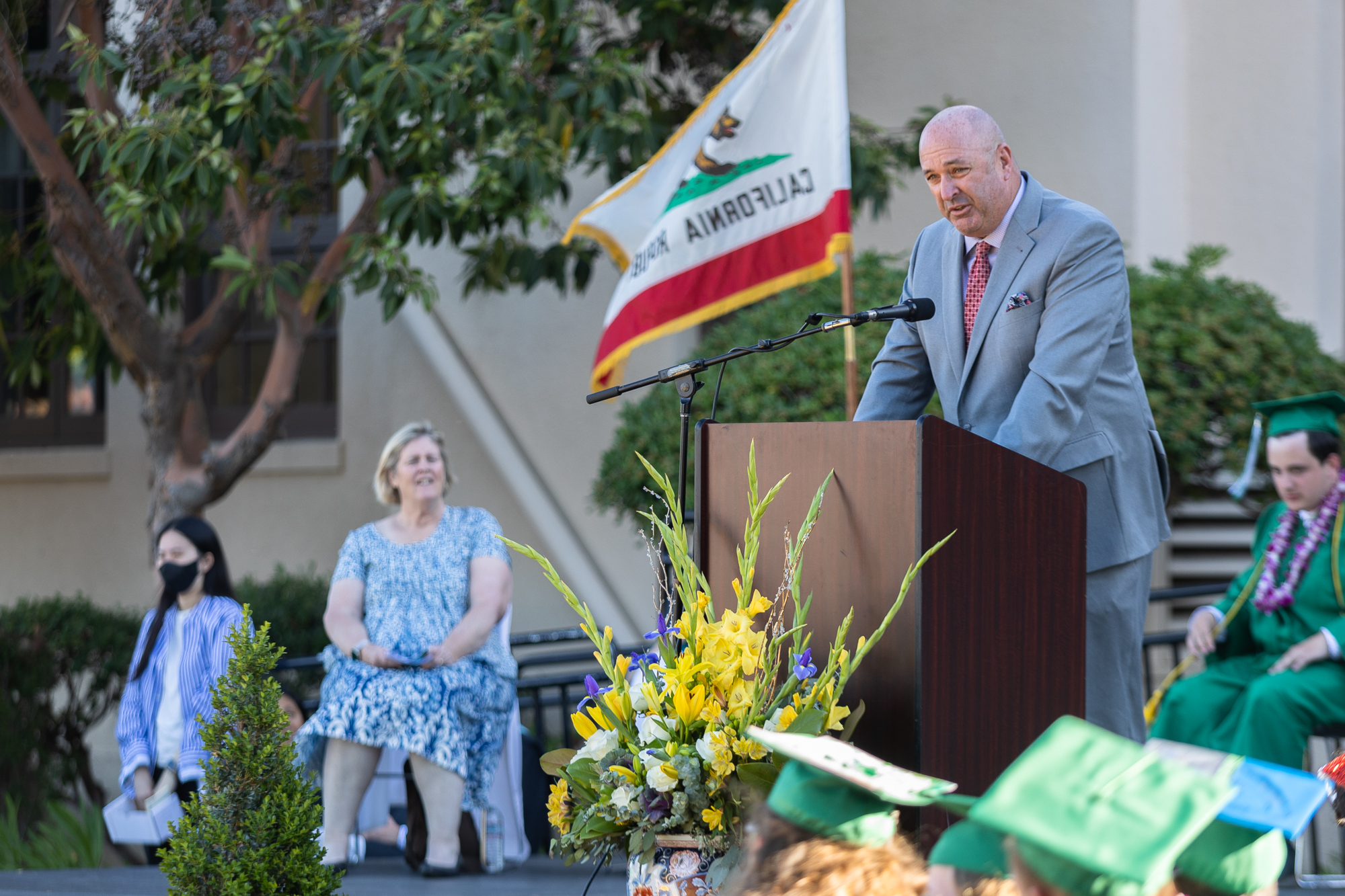

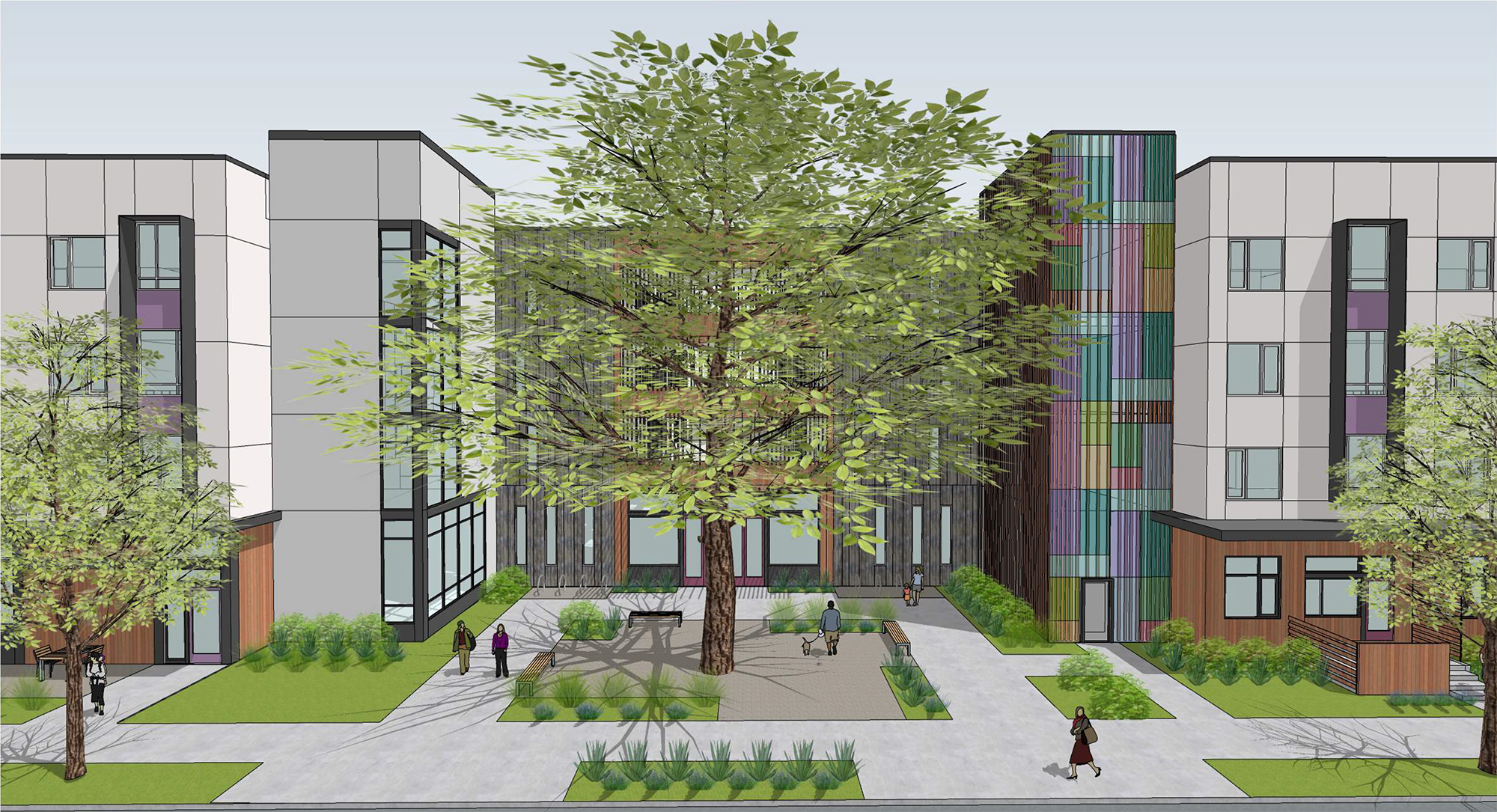
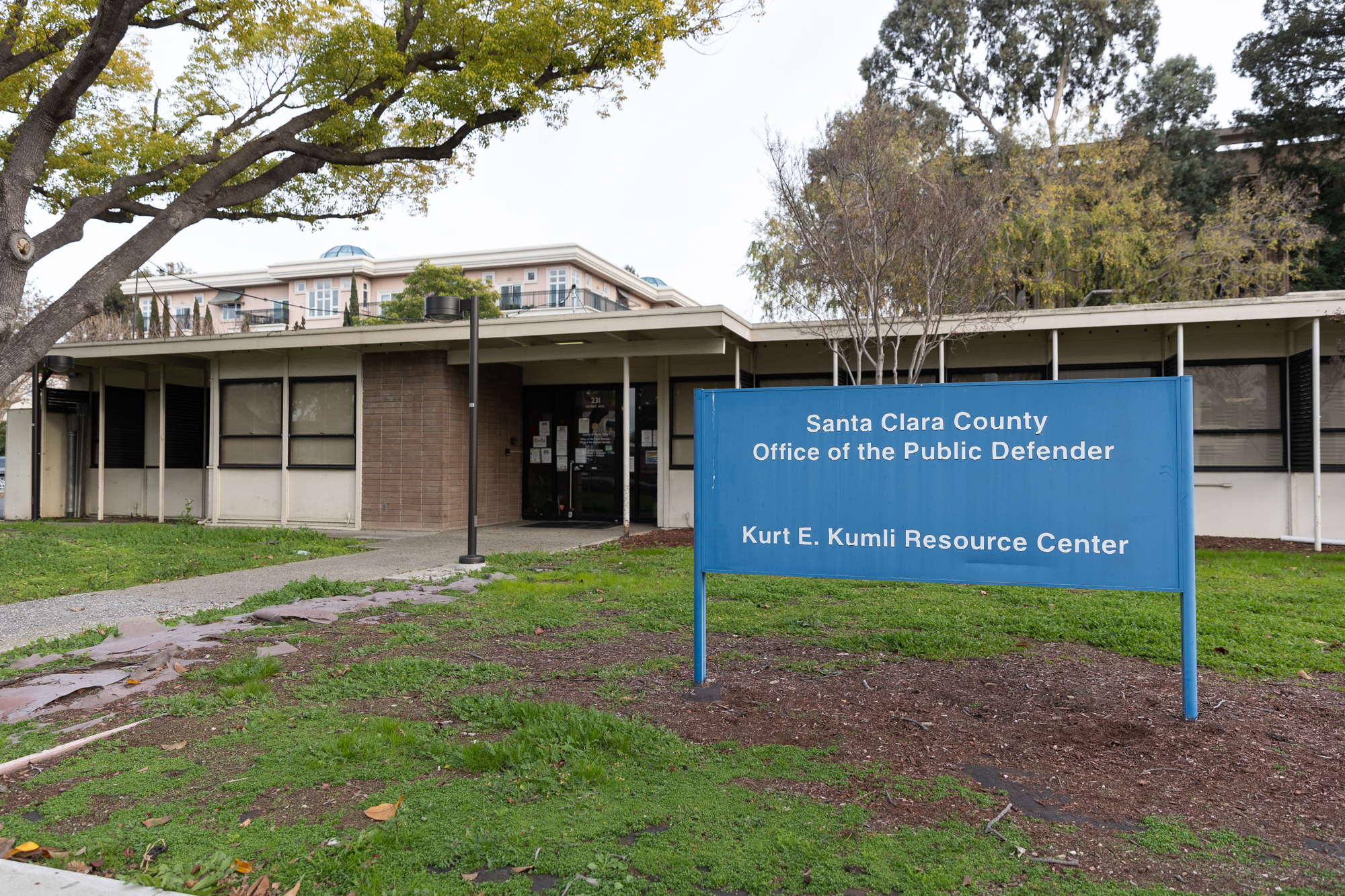

Comments
Registered user
Cuesta Park
on Feb 3, 2023 at 12:05 pm
Registered user
on Feb 3, 2023 at 12:05 pm
A wonderful story. Also, a great example that when it comes to building truly AFFORDABLE housing for lower income workers, the issue is not zoning. The issue is FUNDING.
For-profit developers would never participate in such a project, the ROI does not exist or is too small. Non-profit developers are only able to create such housing when significant sums of outside $$$ is provided to help them accomplish their goal.
"The project relies on funding from various sources. Santa Clara County donated the land and set aside $6 million from the Stanford Affordable Housing Fund, which comes from fees Stanford University pays to the county that are reserved for affordable housing within a 6-mile radius of the campus. The city of Palo Alto agreed to kick in $3 million, using the proceeds from fees that real estate developers pay the city, which are set aside for affordable housing. Meta put in $25 million. The Santa Clara County school districts are being asked to pay $50,000 for each unit that their employees would get priority access to."
Registered user
Willowgate
on Feb 3, 2023 at 2:44 pm
Registered user
on Feb 3, 2023 at 2:44 pm
Wow this is so sustainable! Let’s just keep doing this.
Registered user
Old Mountain View
on Feb 3, 2023 at 5:47 pm
Registered user
on Feb 3, 2023 at 5:47 pm
Just an Observation,
This is NOT GOOD regarding housing as a whole. To only build for employees of a government is not even addressing the real problem. What this is is using funds to keep paying teachers lower than the need to to afford housing. This is really not the right approach.
What we need is STRICT INCLUSIONARY HOUSING MADNATES.
They are the only tool proven to work
Registered user
Cuesta Park
on Feb 4, 2023 at 12:36 pm
Registered user
on Feb 4, 2023 at 12:36 pm
This is a moment when those who care about truth should stop and observe. The aim of this project is “to provide affordable housing for teachers and other school staff, allowing them to live near their jobs.” Who is choosing to celebrate its progress? Who is choosing to make snarky comments instead? Shouldn’t we be taking note of factors that led to SUCCESS so we can repeat them in the future?
“To only build for employees of a government is not even addressing the real problem.”
@Steven doesn’t seem to share the goal of providing affordable housing for teachers. He favors higher pay for them instead. Raising teacher pay might be even more difficult than increasing the supply of affordable housing, IMHO.
“Wow this is so sustainable! Let’s just keep doing this.”
I think this was a response to the point that I truly want to drive home: “the issue is not zoning. The issue is FUNDING.” Implied: a strategy of solving the housing crisis by seeking increased alternative funding is obviously bad strategy (without even saying why!). Three thoughts:
1) Pretty cheeky to say this on an article which used this “bad strategy” with GREAT SUCCESS.
2) What is the better strategy? Continue down the path which CREATED the housing crisis in the first place? Rely on FOR-PROFIT developers for most funding, which yields 9 market rate units (to tech workers) for every 1 affordable unit (that over half of existing residents must share)?
The true entity that is “blocking supply” of “affordable” housing is the City Council itself.
Every single time it approves a project where almost 90% of units are market-rate, they are turning a blind eye to the needs of those most harmed by the housing crisis: lower and average income workers.
3) Big Tech is a key cause of high housing costs, it needs to contribute $$$ for affordable housing. Meta donated $25 million this time. SUSTAINABLE FUNDING is possible: we need Prop 15, which reforms Prop 13 so that Big Tech pays it's fair share.
Registered user
Old Mountain View
on Feb 4, 2023 at 1:30 pm
Registered user
on Feb 4, 2023 at 1:30 pm
[Post removed due to being off-topic]
Registered user
Old Mountain View
on Feb 6, 2023 at 11:20 am
Registered user
on Feb 6, 2023 at 11:20 am
Just an Observatiuon,
I think it is time to kick out the Private partners because they are not acting in good faith. They so far only produce 10% of affordable housing of the projects they get passed
Public/Private PARTNERSHIPS are EXTORTION, because the groups promoting them are violating anti trust laws and trying to claim they are unfairly treated. Top prove my point more the California Apartment Association practices secret discounting to its members exclusively which is illegal, here:
Secret Discounts and Rebates
Section 17045 of the UPA prohibits the “secret payment” of rebates and unearned discounts, or secretly extending to certain purchasers special services or privileges not extending to all purchasers purchasing on like terms and conditions, to the injury of a competitor and where such payment tends to destroy competition. This Section applies to competition at both the seller and the purchaser level. ABC International Traders, Inc. v. Matsushita Electric Corp., 14 Cal. 4th 1247 (1997); Diesel Electric Sales and Service, Inc. v. Marco Marine San Diego, Inc., 16 Cal. App. 4th 202 (1993). Although the statute itself is unclear, the better view is that the “like terms and conditions” clause applies to secret rebates and unearned discounts, as well as to special services and privileges. G.H.I. I. v. MTS, Inc., 147 Cal. App. 3d. 256, 272 (1983).
If you go on the CAA website, it advertises SPECIAL discounts to members only.
And now they want to prevent the people from seeing it, the remove my posts.
Registered user
Monta Loma
on Feb 11, 2023 at 3:21 pm
Registered user
on Feb 11, 2023 at 3:21 pm
@Leslie Bain
"A wonderful story. Also, a great example that when it comes to building truly AFFORDABLE housing for lower income workers, the issue is not zoning. The issue is FUNDING"
Yes. Funding is the elephant in the room that HCD and the state don't want to address, assuming someone else should solve that.
Registered user
Old Mountain View
on Feb 11, 2023 at 3:37 pm
Registered user
on Feb 11, 2023 at 3:37 pm
Just an Observation,
NO MORE EXTORTING MONEY FROM THE STATE OR FEDS FOR AFFORDABLE HOUSING!!!
The PRIVATE sector in 1970 till today has said over and over again PUBLIC projects cannot provide quality affordable housing.
NOW THEY SAY, GIVE US MONEY TO BUILD QUALITY AFFORDABLE HOUSING!!!
The PRIVATIZATION experiment of housing that started in the 1970s is a FAILURE. Let the PRIVATE sector sell only the ones they want to sell. Let the PUBLIC sector take their customers away by building their own PROJECTS again. Since the PUBLIC/PRIVATE partnerships NEVER worked. And use SPECIAL fees to fund them from the PRIVATE sector, that is unless the PRIVATE sector stops trying to EXTORT us.
The PRIVATE market will make profits on a MUCH smaller market. Investors should at this time redeem all their private investments in the private equity markets. And stockholders should sell their shares from the public market. This is called a CORRECTION right?
These guys messed up from the beginning and continue to do so, so let them die, or at the very least make much less money because they failed to do their jobs.
Registered user
Cuesta Park
on Feb 11, 2023 at 3:38 pm
Registered user
on Feb 11, 2023 at 3:38 pm
I understand your concern about funding and its impact on building affordable housing. However, it's important to note that limited funding doesn't mean we shouldn't try to build more homes for those in need. The housing crisis is affecting millions of people across the country, and waiting for funding to magically appear is not a solution.
There are ways to creatively address the funding challenge, such as partnerships between the public and private sectors, leveraging innovative financing mechanisms, and streamlining the development process. By working together, we can find ways to build more affordable homes and address the housing crisis, even with limited funding.
Additionally, addressing zoning laws and regulations that limit the building of homes is also crucial in addressing the housing crisis. By removing unnecessary barriers to housing development, we can help increase the supply of affordable homes, making it possible for lower-income workers to have access to safe and decent housing.
In conclusion, the funding challenge shouldn't be an excuse not to act. By working together, we can find ways to build more homes and address the housing crisis, even with limited funding.
Registered user
Old Mountain View
on Feb 12, 2023 at 1:16 am
Registered user
on Feb 12, 2023 at 1:16 am
Just an Observation,
Stop using buzz or keyword phrases regarding housing. We waited long enough to give the PRIVATE sector time to perform. They FAILED.
Until we see performance, the PRIVATE sector has to do the FIRST wave on its own. They made so much in profits right? We gave them enough freedom to do more damage to the community and now there is reports showing homelessness is a danger to peoples lives in general. So making people homeless does real damage.
This was reported in the New England Journal of Medicine (Web Link "Premature Death Among Older Homeless People in California"
Specifically "Five-year mortality was 3.5 times higher than that in the general population."
These people are KILLING people by their actions, and are not being held accountable.
No more political spin, no more promises, get acting and show us proof of good will, and we will adjust. But we cannot afford to put up money first and hope to see results. THat was what happened in the 2007 bailout of the real estate disaster. And we got nothing but a worse bubble now.